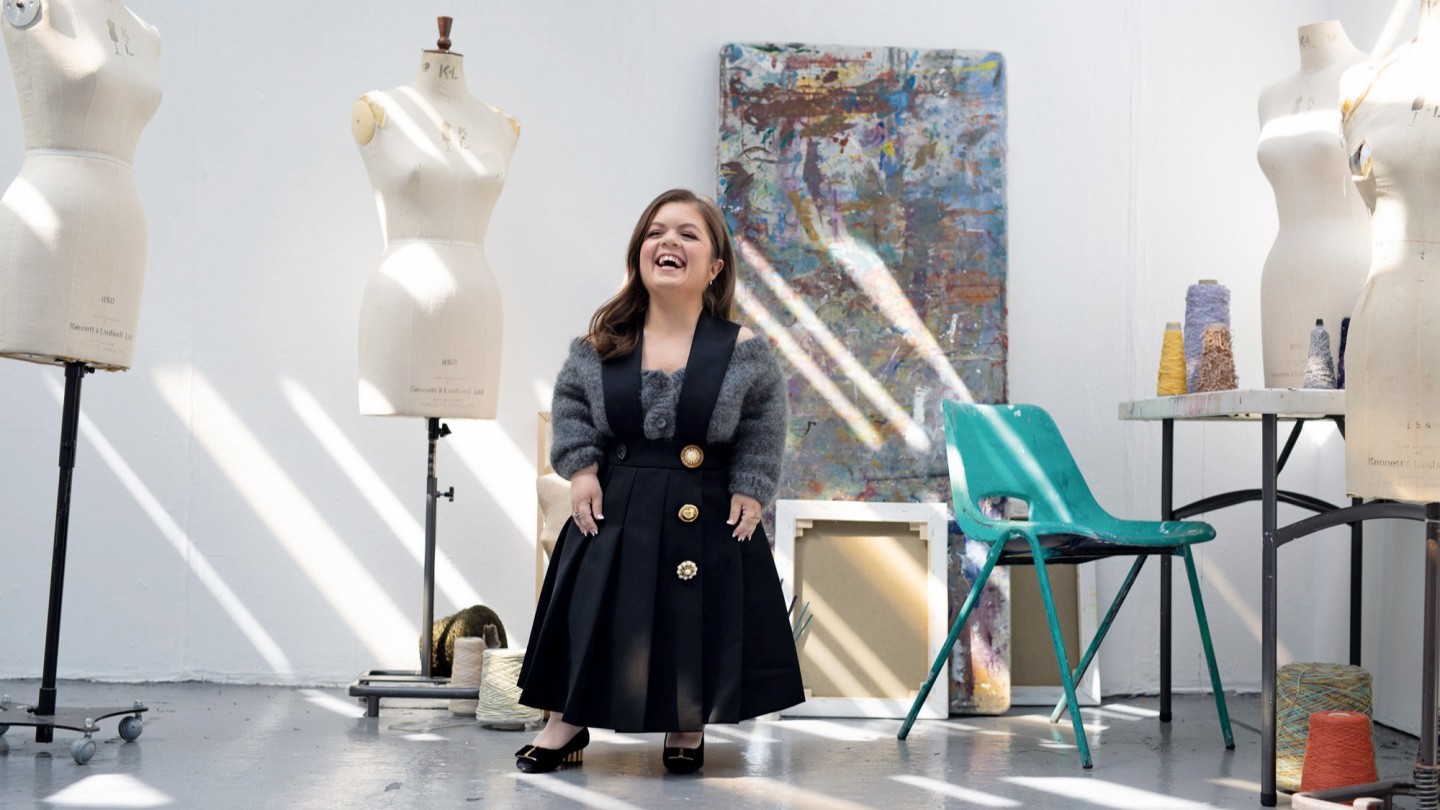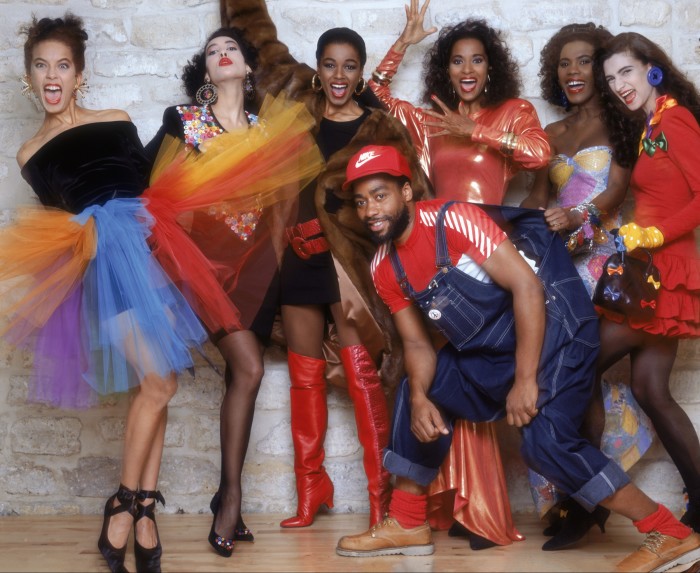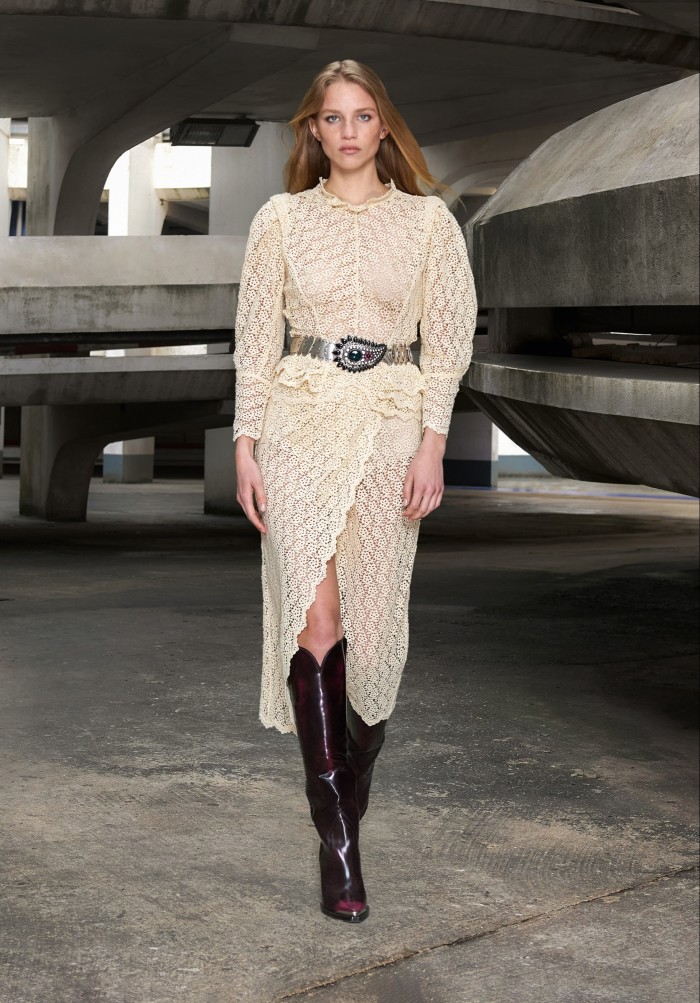HTSI editor’s letter: fashion for everyone, for ever

Simply sign up to the Style myFT Digest -- delivered directly to your inbox.

I first met Sinéad Burke, this week’s Aesthete, many years ago in a car park at the Galway Arts Festival. She was then a primary-school teacher and the author of a style blog called Minnie Mélange, and it was clear in only a short conversation that she had a rare insight into the fashion industry and the power of clothes to project things about who we think we are. As an advocate for people, like herself, who are living with a disability she had an acute understanding of how far access to the world she loved was barred.
In the years since that first meeting I have seen Sinéad often. She long ago dropped the Minnie moniker to work under her own name as an accessibility advocate and speaker, and has taken up occupancy at the very centre of the fashion world. She became the first little person to attend the Met Gala Ball in 2019; she sits on the advisory board of Chime For Change, the campaign that promotes gender equality founded by Gucci. She has given a Ted Talk, written a children’s book, worked with the Duchess of Sussex and spent time with presidents.
Which begs the question: why does fashion matter at all to a woman who could be forging a career in politics or elsewhere on the global stage? Her reason for sticking with the exclusive world of luxury, she says, is simple. If you can find ways to encourage accessibility and show the value of the disability community within an industry that exists to be inaccessible, you can take that success and transform any industry, anywhere.
Sinéad’s story is inspiring, but it’s also one that began with a universal preoccupation. She wanted to find clothes and shoes that fitted her, looked good, and were comfortable to wear. In recent months, her campaign for inclusivity has become louder and more powerful and her voice is just one of a great chorus of people now advocating change. Many of those voices are heard also in Alexander Fury’s article “Meet the unsung stars of American fashion”, which charts an alternative course through the history of US fashion to celebrate some of its lesser-known names. The Met Museum’s forthcoming In America: A Lexicon of Fashion is a subject on which we can be quick to ruminate – we all think we understand the essence of US style. But, as Alex points out, just behind the American brand behemoths we know on first-name terms are a host of other design names – Stephen Burrows, Patrick Kelly, Isaac Mizrahi and Andre Walker – who have all helped shape our understanding of the unfussy, utilitarian spirit that infuses its design signatures, and whose influence is only becoming more apparent now.


Would I wear a cowboy boot? It’s a subject I ask myself periodically, generally after a show season in which a proliferation of Cuban heels and whip-stitching has taken hold of us once more. This season, the boots were much in evidence again and so disarmingly compelling that I found myself asking Derek Blasberg for a ruling as to whether a non-Texan native could actually pull off a pair. A proud son of St Louis, Missouri – and so dedicated to the cause of cowboy couture that he made it the theme of his 30th birthday on the family farm – Blasberg is an advocate for cowboy boots in every setting, and in his first piece for HTSI he offers an unapologetic yeehaw for the trend (“Can you pull off the cowboy boot?”). I, meanwhile, am now dandling a pair of Isabel Marant booties over the virtual shopping basket. Hell, given this season of Americana, I might just buy a Western shirt as well.
For the best of How To Spend It straight into your inbox, sign up to our newsletter at ft.com/newsletters
Comments